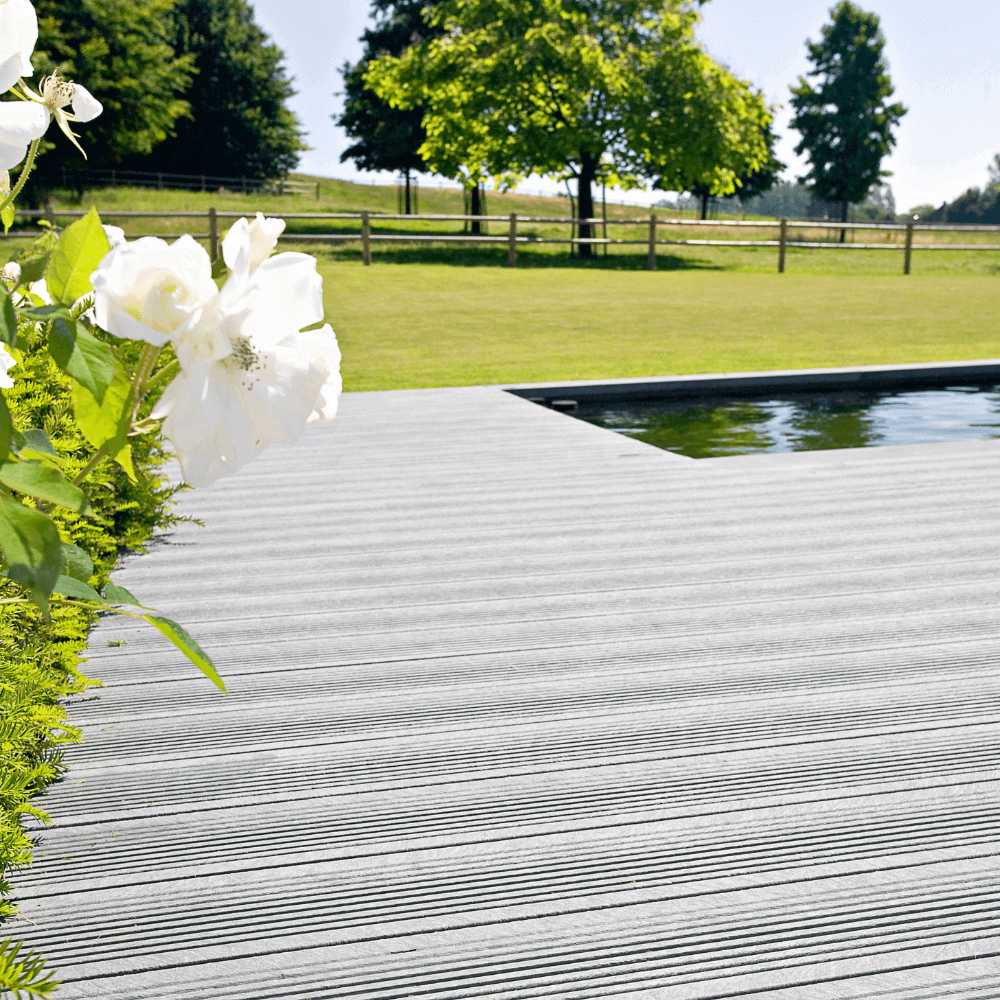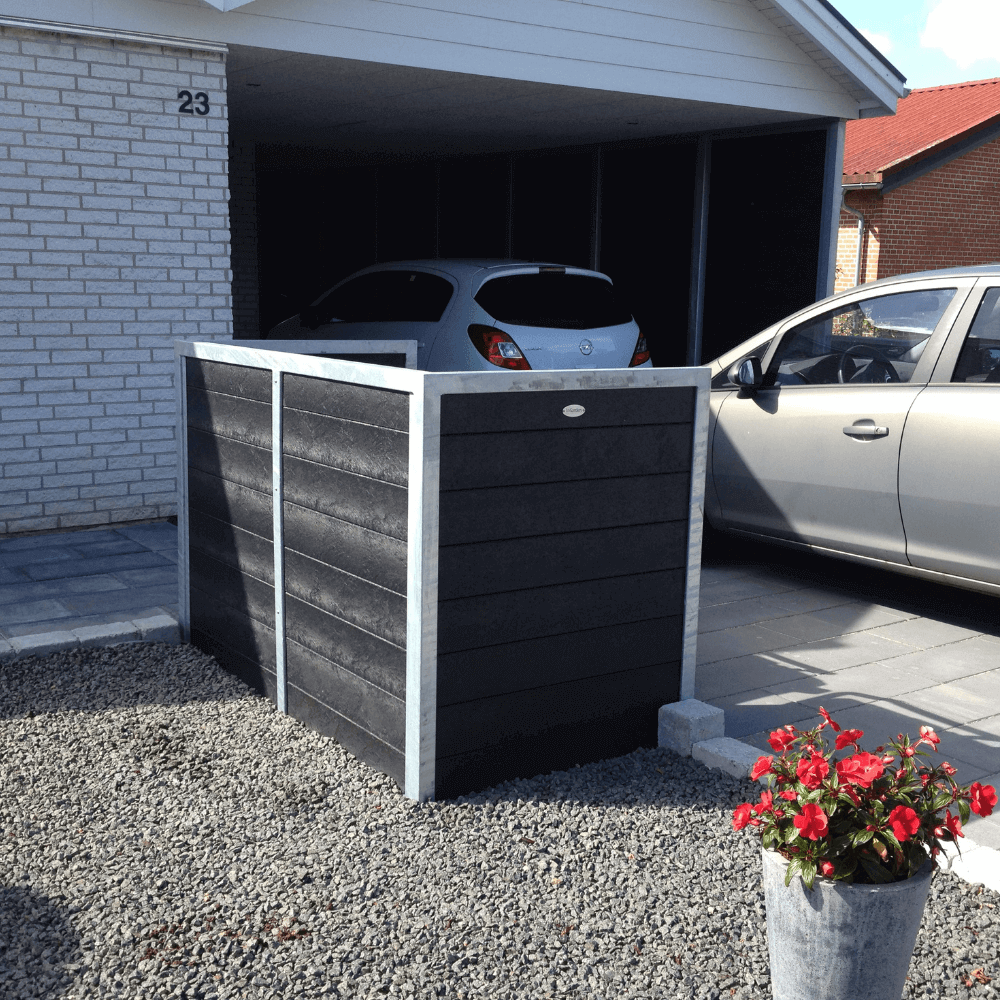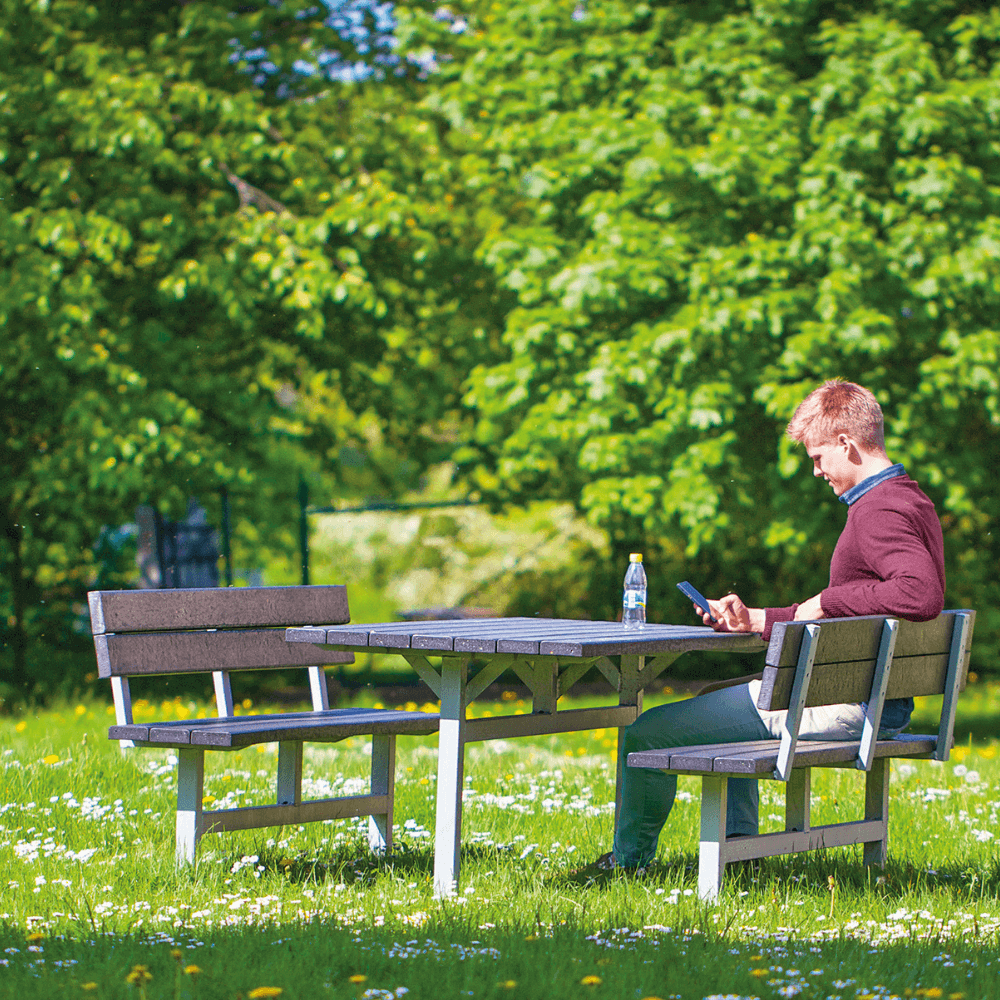In a raised bed, you can achieve a yield that is 4 times as large as in the open air. You can read about this in John Seymour's book "The Self-Sufficient Garden" from 1978.
Here, John Seymour says that 100-200 kg of vegetables can be grown in a raised bed of 10 m2. It is enough to supply 1 adult with green a whole year.
In a raised bed, the soil is porous because it is never trodden. This means that the roots of the plants grow downwards and not out to the sides, as in the open air. Therefore, the vegetables get bigger and they can grow closer to each other.
In addition to the benefits of the raised bed itself, GrowCamp has two additional benefits: The bed is covered with insect nets, which protect against heavy rain and wind - pests and deer, and what else can threaten the harvest. In addition to the net, window foil can be pulled, which makes the bed act as a greenhouse.
Therefore, one can start very early in the year and finish late. And it offers great opportunities to get EVEN more vegetables.
Here you can see examples of what you can grow and harvest in the different months of the year:
FEBRUARY
The soil temperature easily reaches high at just a few hours of sunshine. Here the first radishes are peeked out and ready for the first sprinkles of chives. Thyme and other herbs already have large sprouts, which you can pick a little of. There is an amazingly good and intense taste in everything at this time.
MARCH
Then the radishes are ready!
APRIL
Here in late April, you can already harvest the first lettuce heads. This is of course a bit of a cheat, because the plants have been sown indoors already in early February! The same goes for the peas, which are now being planted out. Behind, beets and spinach unfold the first leaves.
MAY
Already in early May, the first large potatoes can be harvested. They are quickly eaten. Then there will be room for beans, chili, aubergines and tomatoes.
The strawberries on the left have been harvested in another GrowCamp, which has been covered with window foil from the beginning of the year.
JUNE
The peas are the kids' best candy. They have been able to pick from the very beginning in June. Next to it is spinach, which probably should have been harvested a long time ago.
JULY
In July, it is a challenge to decide what one would like to eat of vegetables. The quantity and selection is huge.
AUGUST
In August, new lettuce plants are on the way. Leeks and carrots in the back of the bed are ready for harvest now, but usually there is something else to eat first. So they are allowed to stand and grow - ready to be eaten in the autumn and winter months.
SEPTEMBER
The bed here has been used for early potatoes. Now here in September there is plenty and cabbage and carrots on the way. The kale can be harvested continuously.
OCTOBER
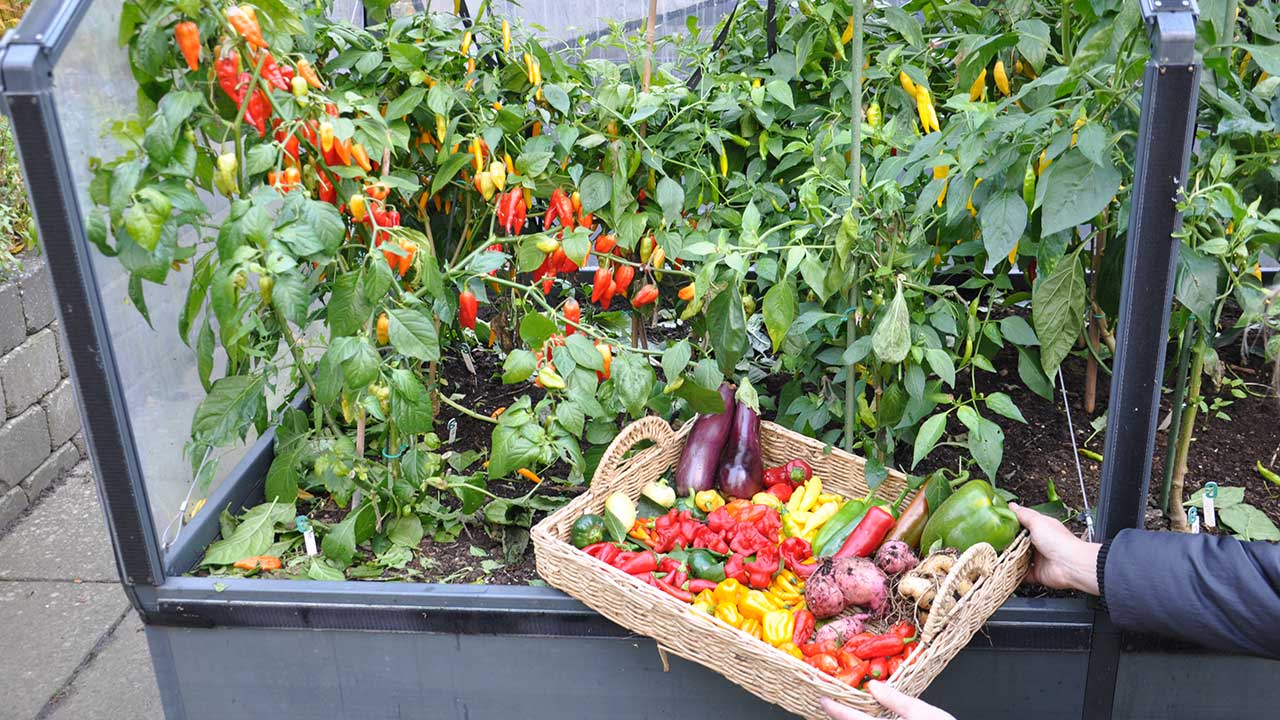
Here there have also been potatoes at the beginning of the year. Now in October, it's about time to harvest the last chilies, aubergines and peppers before the night frost comes.
NOVEMBER
Cauliflower, which you have grown yourself under insect nets, is incredibly delicious - and they have not been sprayed. But if not covered with nets, cabbage larvae would have eaten it all.
DECEMBER
Although the night frost has been at stake, one can harvest Brussels sprouts. They can even withstand persistent frost in limited quantities. So Brussels sprouts and for that matter also kale, you can usually harvest most of the winter.




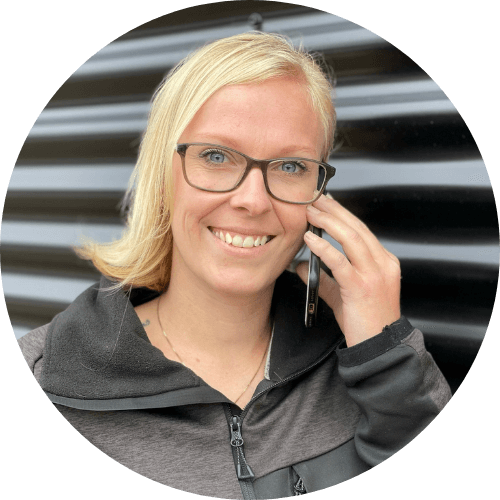



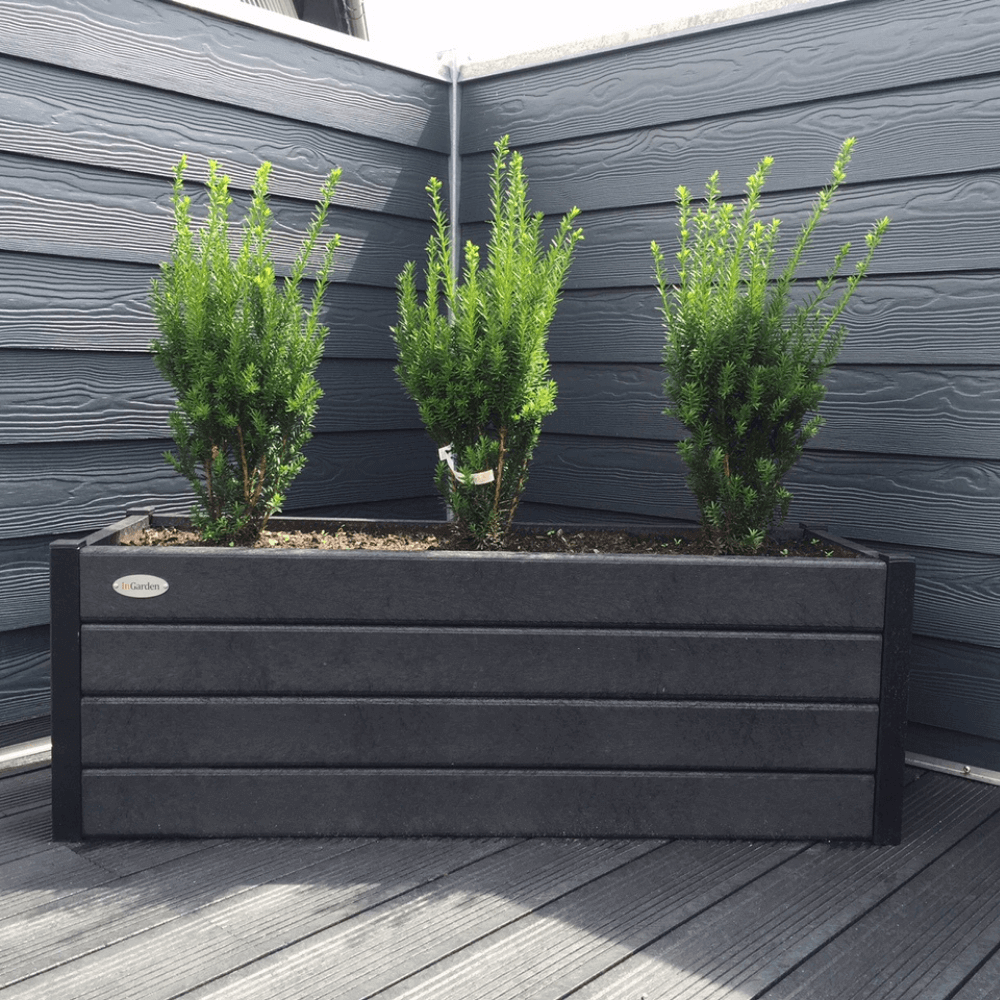
-1.backdrop.png)
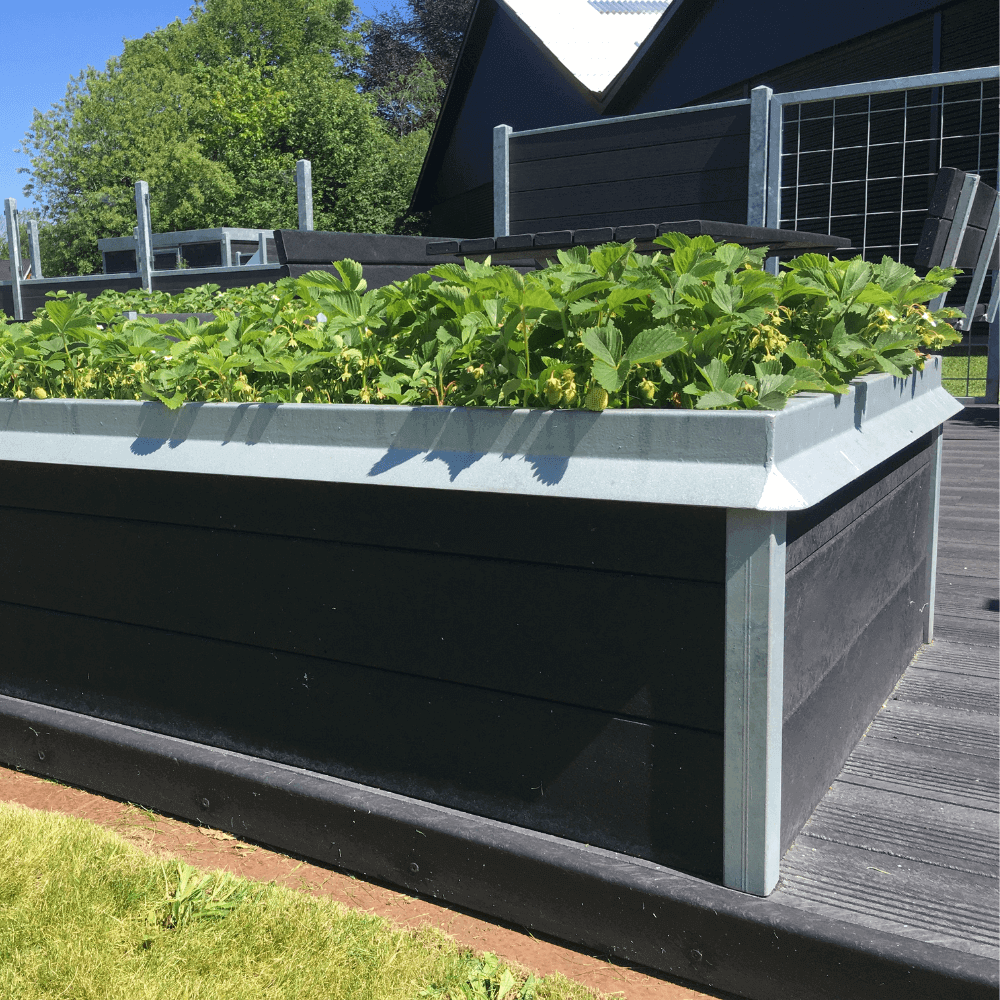
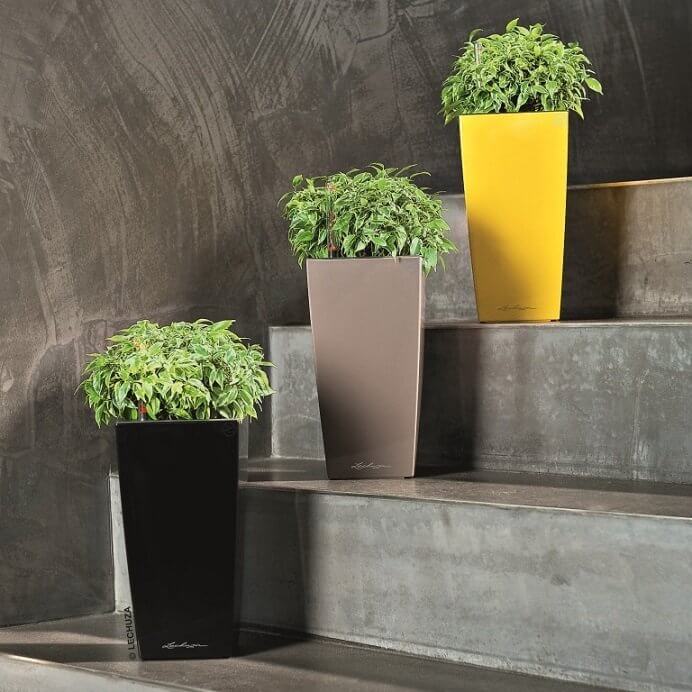
-1.backdrop.png)
